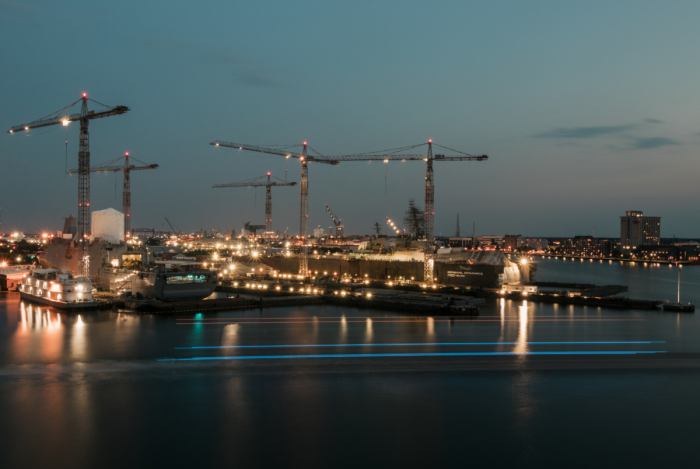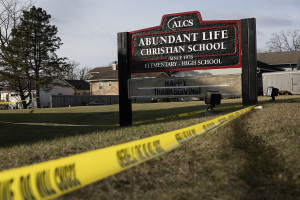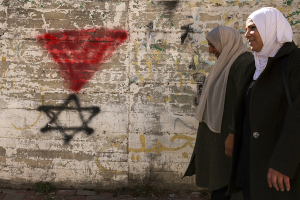The old soldier rests amidst Norfolk’s maritime past and present

Fifty-five years after his death, the old soldier still looms large in Norfolk.
General of the Army Douglas MacArthur, the World War II icon known for his service in the Philippines and then receiving the surrender of Imperial Japan aboard the USS Missouri in Tokyo Bay, wasn’t from here. Yet, he adopted the city of his mother’s birth and the city adopted him.
His final resting place is the old city hall and courthouse-turned-MacArthur Memorial. Sadly, the handsome mid-19th century Greek Revival edifice is hemmed in by modern office towers, parking garages and a massive 1.1 million-square-foot urban shopping mall. At least the mall bears his name.
The mausoleum with the sarcophagi of the general and his wife situated under the rotunda is only a small portion of the building. Most of it is a museum with exhibits, artifacts and militaria from MacArthur’s lifetime of duty, honor and country — a saying he coined during a speech at West Point in 1962.
Beyond his story the museum is also an invaluable resource for learning about World War II at a time when it transitions from something that occurred within living memory to an historical event.
I found the exhibits on the Philippines, a U.S. territorial possession until after the war, and MacArthur’s role overseeing the postwar occupation and reconstruction of Japan as viceroy in all but name, to be incredibly fascinating and informative, not least because this is a forgotten chapter of American history. However, the museum glossed over MacArthur’s firing in 1951 by President Harry Truman and his subsequent unsuccessful campaign a year later for the Republican presidential nomination (he lost to another general, Dwight Eisenhower).

Be sure to also visit St. Paul’s Episcopal Church, where MacArthur’s funeral was held after his body laid in state at the U.S. Capitol. Somewhat oddly, the church, known for its colonial-era architecture, makes a bigger deal out of a cannonball that struck the exterior during the British bombardment of Norfolk in 1776 during the American Revolution.
If you go
Norfolk and the surrounding region of Hampton Roads have been intertwined with the U.S. Navy since the earliest days of this country.
A short walk from downtown is the waterfront. Here you can see the still-active shipyards, the Hampton Roads Naval Museum and the now-decommissioned USS Wisconsin. The massive battleship, which served intermittently from 1943 until 1991, is part of the Nauticus maritime science museum.
I stayed at the Sheraton Norfolk Waterside Hotel, which, as its name would suggest, is on the waterfront with great views of the Elizabeth River. Dinner at Four Eleven York, the restaurant of an inn by the same name, is highly recommended.
Spires and Crosses, a weekly travel column exclusive to The Christian Post, covers old churches, history and heritage, architecture, culture and art. Follow @dennislennox on Twitter and Instagram.





























